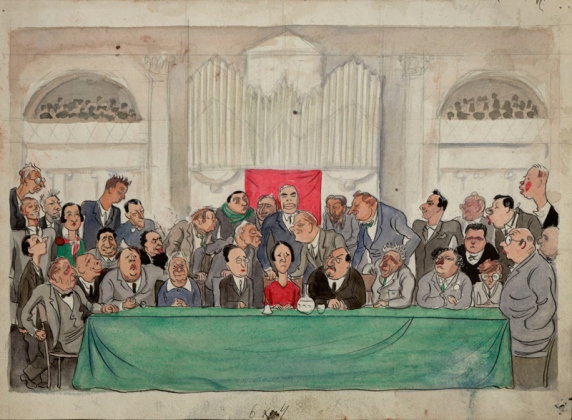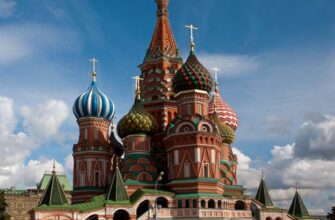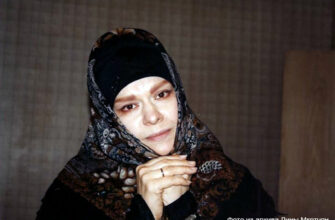On November 12, the House of I. S. Ostroukhov will host a lecture of Natalya Alexandrovna Gromova “Square meters of creative work: everyday life of Soviet writers in the 30-50-ies”. The lecture is devoted to the role of everyday life in the work of the Russian writers in the Soviet period. It will be held in anticipation of a launch of an exhibition project “Housing problem”, organized by the State Literary Museum.
A life of a writer and his work, coexistence of the artist and authority, the duality of the writer’s life, when he writes one thing for public and another thing for himself, these are topics of both the lecture and the exhibition. The exhibition will be held from November 18, 2016 to February 26, 2017 at the State Literary Museum.
In the period of 30-50 years of the XX century, the housing issue was very serious for a huge number of Muscovites: the city was overcrowded and the living space was obtained with great difficulty. It this period, a process of “nationalization” of literature intensified, when the government encouraged the ones loyal to it and rejected the others who were undesirable or did not comply with the party’s ideology. Poor living conditions, lack of permanent income, uncertainty about their own future, – have left their mark in the works of many Soviet authors.
“E Vesti” addressed to the author of the lecture, the member of the Writers’ Union, Natalya Alexandrovna Gromova, and asked her to tell about the upcoming lecture in more detail.
EV: Please tell me, how did the everyday life of the writers have an impact on their work?
N. Gromova: In the 30-ies of XX century, when not only writers, but all the Soviet citizens fought for every square meter, the housing problem significantly affected the content of literary works. To understand this, it is enough to refresh memory about the works of Ilf and Petrov, that described the everyday life in the communal apartments, and also “Master and Margarita” by Bulgakov, where people informed on each other to get a living space or a room.
EV: What is the targeted audience for Your lecture?
N. Gromova: It is mainly focused on young people who know nothing about the Soviet past, and would be interesting for anyone interested in the history of literature.
EV: In Your opinion, what kind of changes did happen in the life of writers since that time?
N. Gromova: Everything has changed. A Soviet-era writer was a part of the establishment. If he got to that community, he was provided with an apartment, a summer house, special products and so on. The 1st Congress of the Soviet writers that establishment was created: those who served to the authorities wrote of the “necessary” works, and they received the reward. Now, the writers are not especially needed by anyone, but readers, which is good, but not everyone is happy with it. Many of them would like to return to the “Soviet Paradise”.
EV: How this project can help the readers to better understand the works of the Soviet writers?
N. Gromova: When a reader learns about the context, the main events of those years, he begins to better understand the time of their grandparents, and he would not idealize the Soviet life, which has suddenly become popular again. A struggle for square meters, standing in a queue for either bread or a car, – it turned a Soviet man into a mad townee, even though the papers said something quite different. All these qualities of the Soviet people were repeatedly described by Erdmann, Mayakovsky, Bulgakov, and then Voinovich, Dovlatov and many other writers.
Resources: State Literary Museum, Museum.ru




